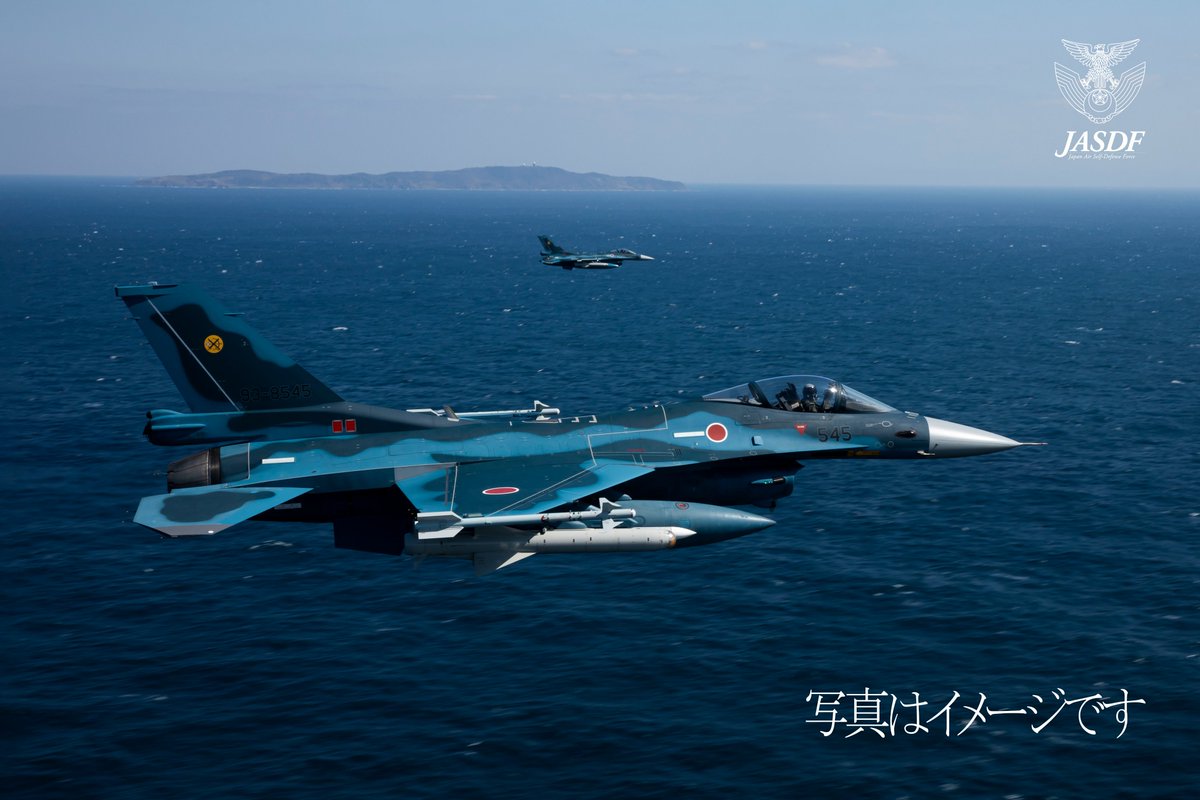Nine years after Japan published its first National Security Strategy, now comes the second National Security Strategy, along with two more documents — National Defence Strategy and Defence Program Plan.
In a significant shift from its long-time post-war pacifist approach, Japan announced a $320 billion plan for a military build-up, the biggest since the Second World War.
Based on current budgets, this five-year plan will make the country the world’s third-biggest military spender after the United States and China, a Reuters report said.
On December 16, Prime Minister Kishida Fumio’s cabinet approved Japan’s three key security documents.
Addressing a news conference, Prime Minister Kishida said, “Every one of us must have the awareness that we are protecting our country. This is very important, as we have learned from Ukraine. We are now at a turning point of our national security policy,” a Washington Post report quoted him saying.
Threat Perception
The significant change in the defense policy in Japan is necessitated by the threat perceptions that have been on a steady rise in the background of global changes and alignments.
The National Security Strategy has identified three sources of threat, namely China, North Korea, and Russia, in a priority sequence.
Identifying China as the topmost threat is very significant because till late Prime Minister Abe published his famous paper “Asia’s Democratic Security Diamond” in 2013, Japanese governments hesitated to call China the top challenger to Japan.
Interestingly, the National Security Strategy and National Defence Strategy both documents also mention friends. At the top is Australia, second India, and third UK, France, Germany, and Italy or South Korea. South Korea had a higher status in the past.

India As Quad-4 Partner
In the case of India, late Prime Minister Abe laid a strong foundation for Indo-Japan solidarity. In the case of India, the two countries are planning joint fighter exercises.
There is also a possibility that India will import Japan’s UNICORN for their naval ships. The defense ministries of both countries have already started a joint arms development project for unmanned vehicles.
Kishida cabinet’s decision to give India the second status in the friendly hierarchy is significant because, after the demise of Abe, there was no leader in Japan’s political hierarchy to understand and deal with India. India declining to sign the UN condemnation resolution against Russia also divided the two.
But there were more serious developments affecting India and Japan. Japan asked for India’s permission to transport planes of the Japan Self Defence Force carrying UN stocks to support Ukraine to land in India.
New Delhi did not give permission. Japan’s Self Defence Force was deeply annoyed. It was a disappointment for Japan’s security circles. Again, Japan tried to sell US-2 amphibious planes to the Indian Navy but without success. There was resentment in certain political circles. Why does India behave like that?
But resentment or opposition notwithstanding, Kishida cabinet approved giving India the second position in the list of friendly countries. This speaks of the correct diplomatic vision of Japan’s policy planners about the ground situation in the Indo-Pacific.
China is reported to have taken note of the potentiality of India’s recently tested long-range missile. Japan’s new security strategy has focused on seeking long-range missile strike capability.
Simultaneously, Australia, another member of Quad-4, is also seeking long-range missile technology. In July 2020, Australia announced its intent to possess long-range strike capability.
Also, Australia will be equipping its Navy with nuclear submarines with long-range cruise missiles under the AUKUS arrangement. India deployed a supersonic cruise missile in the India-China border area. India also tests missiles with hypersonic missile warheads.
China, as we know, is obsessed with territorial expansion. The long-range strike capability is effective and hence multi-beneficial for the Quad-4 members. Long-range is a strong deterrent to China’s expansionist designs.

Long-Range Missile
Another critical aspect of the new security strategy of Japan is that it will increase Official Defence Assistance (ODA). The document says, “To deepen security cooperation with like-minded countries, apart from cooperation framework for the benefit of armed forces and other related organizations will be established.”
It means that “Japan will be a security provider for countries that face China’s territorial expansion,” writes the Economic Times on 30 December 2022.
This is of much importance to India and also means strengthening the strike power of the Quad-4. Take again the case of Japan’s US-2 amphibious planes, which India could not purchase because of their high price.
Under Japan’s new security strategy, it should be possible for Japan to assist countries like India to beef up their strike power against aggression by China.
India is in confrontation with China in the border area of Ladakh and Arunachal Pradesh. Japan cannot provide support to India against China by drawing upon ODA because, under the rules, Japan cannot use ODA for military purposes.
Under a new cooperation system, Japan would be able to provide India with road-building machines and other connected needs.
The US and UK both have hailed Japan’s vision of militarily rising again as the Asian tiger. This is a pragmatic step in the direction of containing China’s expansionist designs in more than one way.
While India is facing China’s aggressive posture on the land on the Ladakh border, Japan is being threatened by China through her naval power, particularly in such islands that have been historically under Japanese control.
India had understood the necessity of confronting China on its northern border after the war of 1962. China has been extending its shadow over the Himalayan border, be it Ladakh, Bhutan, or Arunachal Pradesh.
At the same time, China has been sending her spy vessels into the Indian Ocean Region only to test the patience of the regional states. Keeping China’s belligerent stance in mind, India felt the necessity of becoming a partner in the Quad-4.
Simultaneously India focused attention on independence and self-reliance in the production of war machinery. The atmanirbhar concept meaning self-reliant policy, was offered by Prime Minister Modi in 2014 when he assumed power. History has proved him right, and today, we can stop every aggression China may plan on the land or the sea.
- KN Pandita (Padma Shri) is the former Director of the Centre of Central Asian Studies at Kashmir University. Views expressed here are of the author’s.
- Mail EurAsian Times at etdesk(at)eurasiantimes.com
- Follow EurAsian Times on Google News




